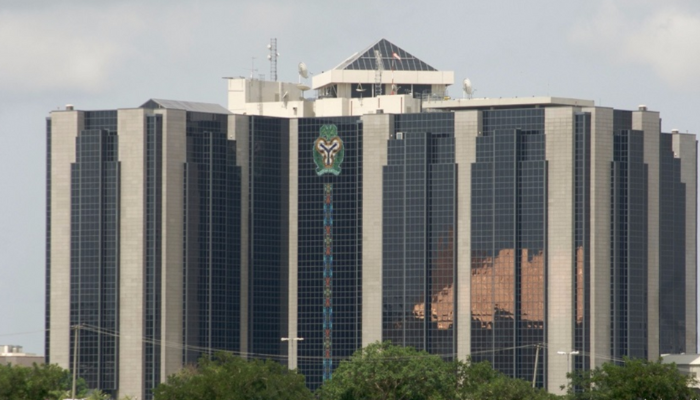The primary week of November closed with Nigeria’s money-market system overflowing with extra money deposited on the Central Bank of Nigeria (CBN) by banks as of Friday, November 7, 2025.
This implies that the deposit cash banks (DMBs) choose risk-free in a single day parking on the CBN, which provides them a 24.8% rate of interest relatively than lending.
Recent knowledge revealed by CBN on Friday revealed that the banking system was awash with money all through the week ending November 7, 2025.
Banks collectively positioned N4.816 trillion within the Standing Deposit Facility (SDF) on Friday, up from N4.424 trillion on November 5, signalling one of many strongest days of surplus liquidity this quarter.
Between November 3 and 5, there was a gentle buildup of extra money. Money deposits with CBN rose from N2.301 trillion on October 31 to N2.916 trillion on November 4 and additional rose to N2.994 trillion on November 5.
On the floor, such volumes counsel masses of cash within the banking system; so, it appears to be like like there isn’t any liquidity drawback. Nevertheless, the small subset of enormous banks holding extra reserves continues to deposit with the apex bank, whereas smaller establishments face selective funding pressures, retaining interbank exercise muted.
Main-Market flows increase system money
Mid-week monetary knowledge revealed by the apex bank present a key liquidity-injection channel via authorities debt operations.
On Thursday, November 6, the Debt Administration Workplace (DMO) raised N546.24 billion by way of primary-market gross sales of Treasury payments and bonds, whereas concurrently repaying N662.76 billion in maturing points.
The web impact — roughly N116.52 billion returned to the banking system — was modest however constructive for short-term liquidity.
This injection coincided with a gentle build-up in banks’ opening balances, which rose sharply from N141.11 billion (Nov 5) to N247.17 billion (Nov 7). Increased opening balances point out bigger intraday reserve buffers, displaying that the majority banks most popular to retain money relatively than recycle it into the interbank or credit score markets.
Surplus funds, minimal borrowing
On the similar time, recourse to the Standing Lending Facility (SLF), the CBN’s emergency in a single day borrowing window, remained negligible at N2.85 billion.
The near-zero SLF borrowing juxtaposed in opposition to N4.8 trillion in deposits paints a transparent image: banks aren’t wanting liquidity; they’re risk-averse.
In regular situations, banks with surplus funds lend to these in non permanent deficit via the interbank market. However persistent structural frictions — notably FX uncertainty, collateral constraints, and settlement mismatches — proceed to make redistribution of liquidity troublesome. In consequence, cash sits idle on the CBN incomes the SDF fee, relatively than financing credit score or market positions.
Coverage and market implications
The present liquidity profile offers the CBN room to sterilise extra money via SDF or recent OMO auctions if wanted to maintain charges aligned with its tightening stance. Nevertheless, the persistence of such giant deposit balances underscores weak financial transmission — ample liquidity shouldn’t be translating into credit score enlargement or stronger interbank depth.
Cash-market sellers anticipate in a single day charges to stay mushy within the close to time period, barring sudden fiscal withdrawals or large-ticket FX interventions. Nonetheless, the coexistence of excessive systemic liquidity and patchy entry throughout banks may gas intermittent volatility in name and repo charges.
Economists additionally spotlight a strategic trade-off: whereas excessive SDF balances assist the CBN handle inflationary liquidity, they concurrently suppress interbank buying and selling and credit score momentum, blunting coverage effectiveness. A sustained resolution could require not simply liquidity administration, however structural reforms to enhance danger sharing and collateral mobility inside the monetary system.
